L'attrait du vélo hivernal est indéniable. Bien emmitouflé dans ses vêtements chauds, s'élancer sur des sentiers enneigés procure des sensations uniques. Affronter ces sentiers permet aux cyclistes de profiter sereinement des paysages hivernaux pittoresques. Cependant, les variations de neige et l'effort supplémentaire qu'elles impliquent soulèvent naturellement des questions. Nombreux sont ceux qui se demandent si la pratique du vélo est réservée aux mois les plus chauds, ou si vélos électriques Ils pourraient contribuer à prolonger la saison. Leur assistance motorisée semble alléger l'effort du vélo traditionnel, mais peuvent-ils tout de même circuler sur les sentiers enneigés ? Examinons cette question et les points à prendre en compte pour les sorties hivernales en vélo électrique sur neige.

Puis-je conduire un E-Faire du vélo sur la neige ?
En bref, oui, il est possible de rouler en vélo de neige classique ou électrique en hiver, et les vélos électriques sont plus adaptés. Rouler sur un vélo traditionnel à travers des accumulations variables peut nécessiter une force importante dans les jambes. Cela implique également un effort d'équilibre supplémentaire. L'assistance moteur d'un vélo électrique peut contribuer à alléger cet effort pour une expérience de vélo hivernale plus agréable.
Cependant, il existe des facteurs importants que les cyclistes doivent connaître pour optimiser leur plaisir et leur sécurité. Certaines conditions de neige peuvent affecter les performances ou présenter des risques, qu'il est important d'évaluer avant de parcourir des sentiers enneigés en vélo électrique.
Considération 1 : Évitez de conduire un vélo électrique sur la neige profonde
Lorsque vous utilisez un vélo électrique sur neige, tenez compte de l'épaisseur de la neige. Il est recommandé d'éviter d'utiliser un vélo électrique en hiver. Sur neige très épaisse. Voici quelques raisons principales :
1. Dommages causés à Vélo électrique
Les roues du vélo peuvent s'enfoncer profondément dans la neige épaisse, rendant la progression très difficile. Cette résistance supplémentaire et ce mouvement d'enfoncement peuvent potentiellement fatiguer, voire endommager, des composants clés du vélo électrique sur neige, comme le moteur ou la batterie.
2. Performances compromises
L'assistance électrique conçue pour améliorer la pratique du vélo classique sera confrontée à des difficultés bien plus importantes. En effet, la conduite dans les congères épaisses gêne les roues. Une puissance nettement supérieure à la normale peut être nécessaire pour s'enfoncer dans la neige compactée. La résistance et le poids supplémentaires de la neige affaiblissent les performances globales du vélo électrique sur neige. Cela réduit la durée ou la distance de trajet potentielle avant de devoir le recharger.
3. Problèmes de sécurité
Une neige très épaisse risque d'entraver complètement la circulation. Le vélo à neige électrique risque de rester coincé et enseveli. Vous pourriez alors être privé de secours en cas d'urgence hivernale. De plus, vous ne savez pas ce qui se trouve sous la neige profonde et vous risquez de vous blesser. Cela augmente les risques d’accident en l’absence d’assistance disponible.
Considération 2: Montez un Vélo électrique avec des pneus larges
Un conseil utile pour une conduite stable en hiver est de choisir un vélo électrique pour neige. Équipé de pneus larges. Des pneus plus larges, parfois appelés pneus neige, offrent une meilleure stabilité. Comparés aux pneus classiques, ils offrent une meilleure flottaison sur la neige et résistent mieux à l'enfoncement. Leur empreinte plus large répartit efficacement le poids du vélo, offrant une meilleure traction et réduisant les problèmes d'équilibre. Avec un vélo neige électrique de qualité, vous pourrez profiter de l'hiver en toute sécurité, avec un équipement adapté aux conditions changeantes.

DUOTTS E26 : Stabilité et contrôle supérieur
L'E26 de DUOTTS Offre une maniabilité stable et puissante pour la conduite hivernale. Construit en aluminium durable, son cadre léger contribue à des performances très équilibrées et stables. DUOTTS E26 Doté de pneus larges KENDA de qualité, il assure une stabilité optimale même dans des conditions de neige changeantes. Ses principales caractéristiques sont les suivantes :
1. 750 W Bafang moteur pour une accélération rapide sur les collines et les sentiers
2. 48V 20Ah Samsung batterie permettant une autonomie étendue de 100 à 120 km
3. TEKTRO freins hydrauliques à quatre pistons pour un contrôle précis et une puissance de freinage
④. DNM amortisseur arrière et fourche avant robuste absorbant les impacts du sentier
5. KENDA Pneus larges 26x4.0" avec une adhérence exceptionnelle sur la neige, le sable ou la terre
6. 8 vitesses Shimano vitesses et connectivité Bluetooth pour des trajets intelligents et connectés
Grâce à ces composants haut de gamme, notre DUOTTS E26 est le vélo électrique idéal pour la neige. C'est un excellent choix pour un cyclisme hivernal agréable et confortable. Son cadre stable et son assistance puissante s'associent pour conquérir des terrains variés avec un contrôle et une maniabilité supérieurs.
Conclusion
Les vélos électriques peuvent tout à fait rouler sur la neige avec une préparation adéquate. Évaluer l'épaisseur de la neige et choisir des vélos électriques à pneus larges de qualité vous assureront des performances fiables. Chez DUOTTS, nous sommes spécialisés dans la fabrication de vélos électriques fiables. Nous garantissons la qualité de tous nos produits. Les cyclistes souhaitant s'initier au vélo hivernal sont invités à essayer le E26. Continuez à parcourir notre site web pour découvrir différentes options adaptées à vos besoins.


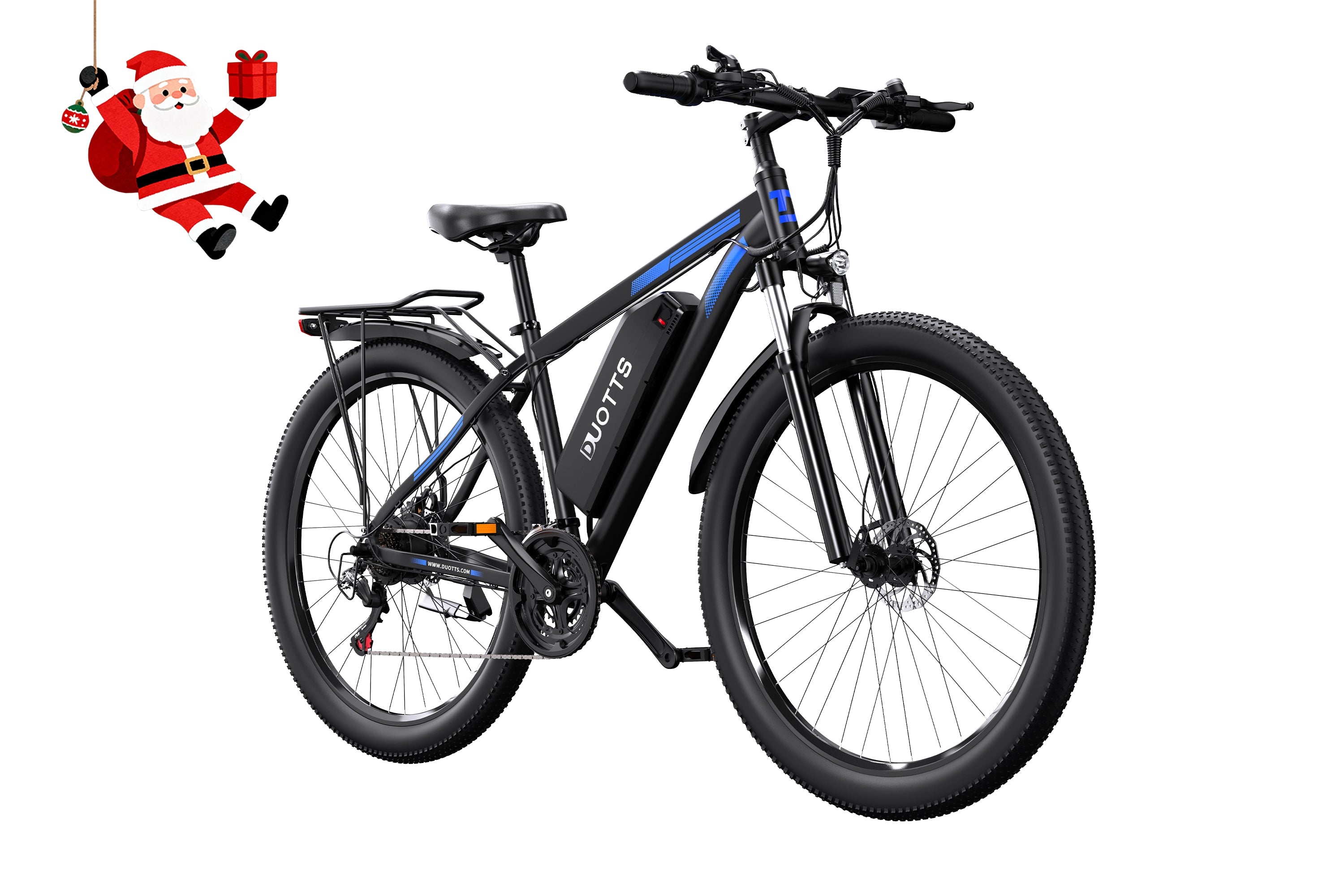
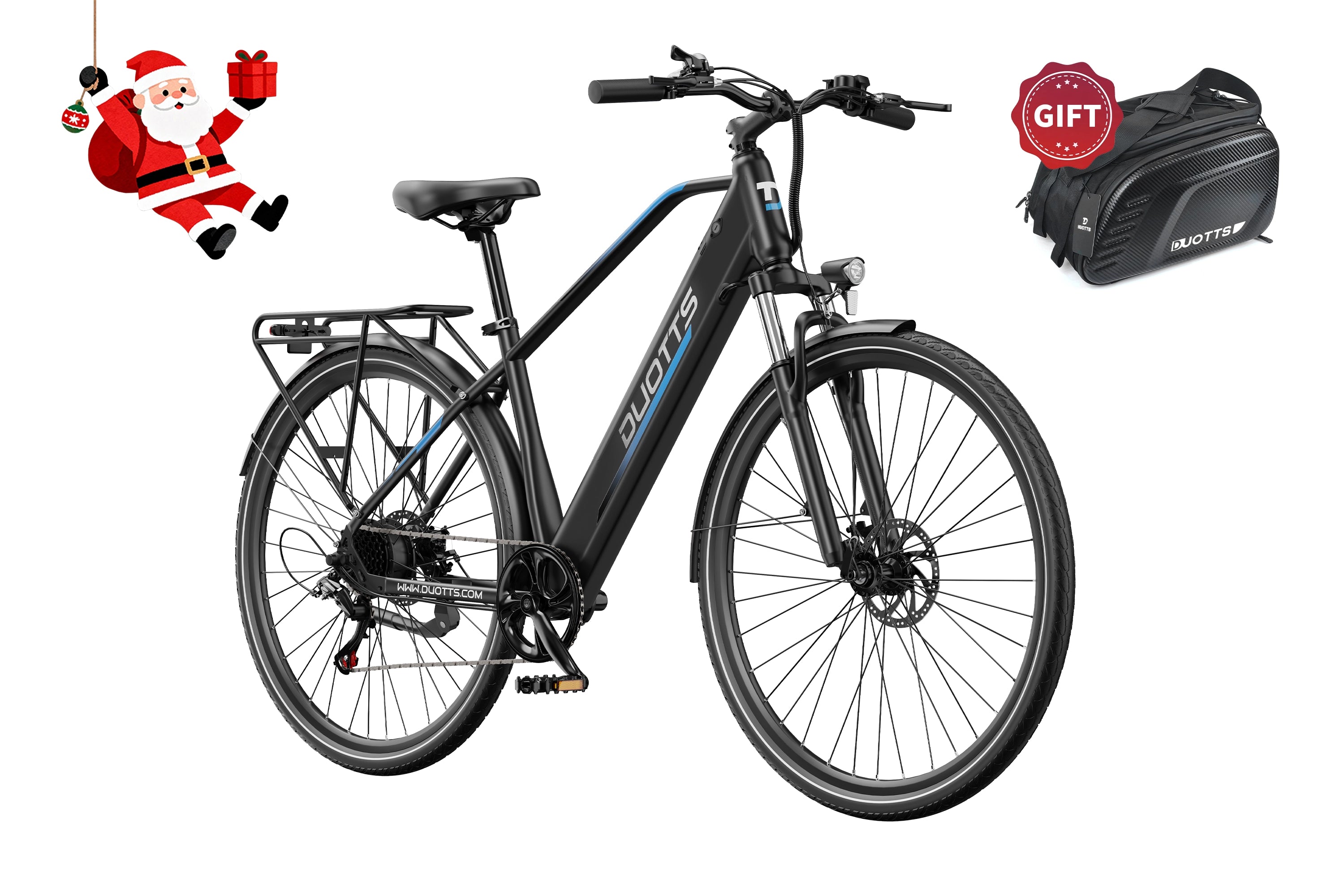
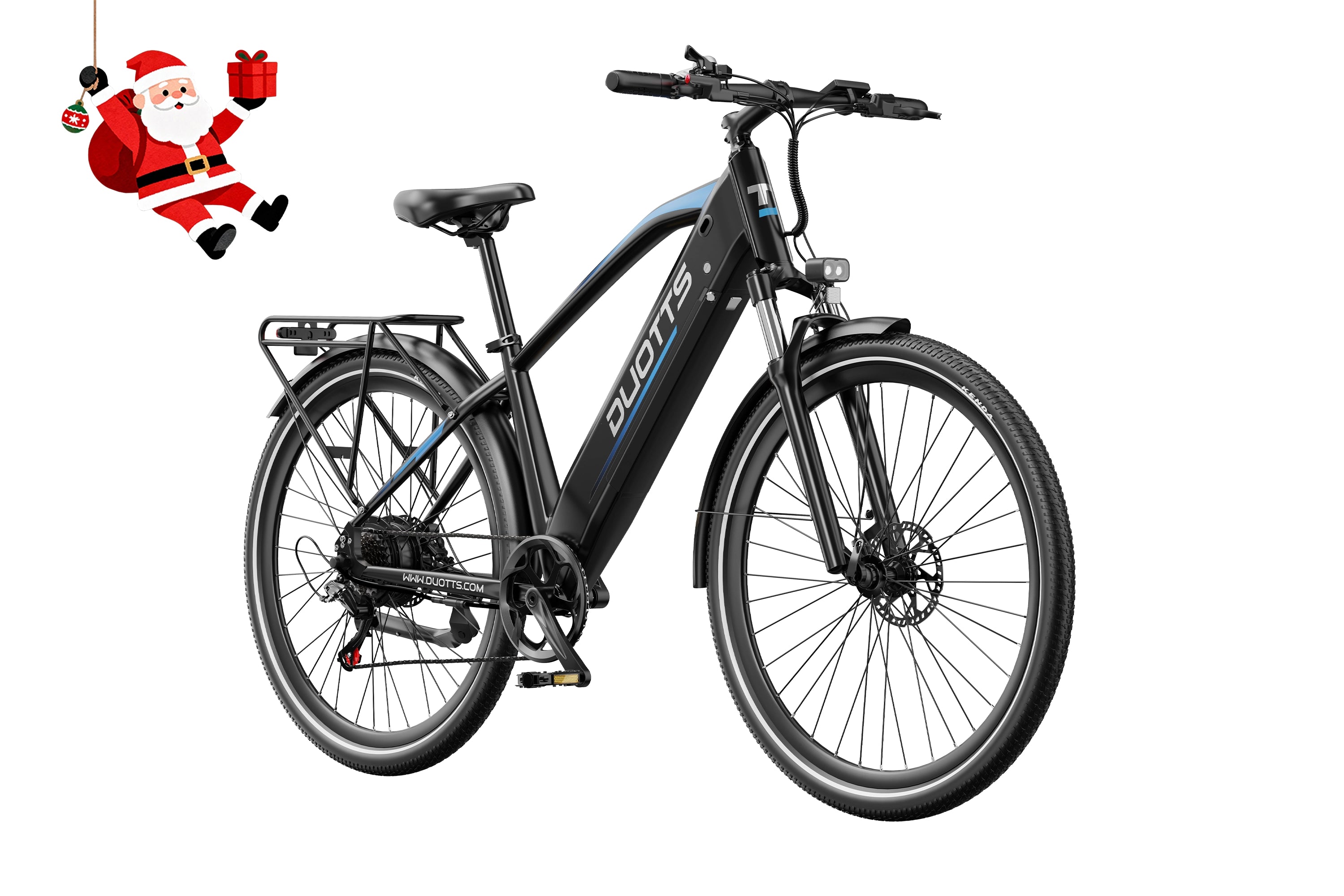
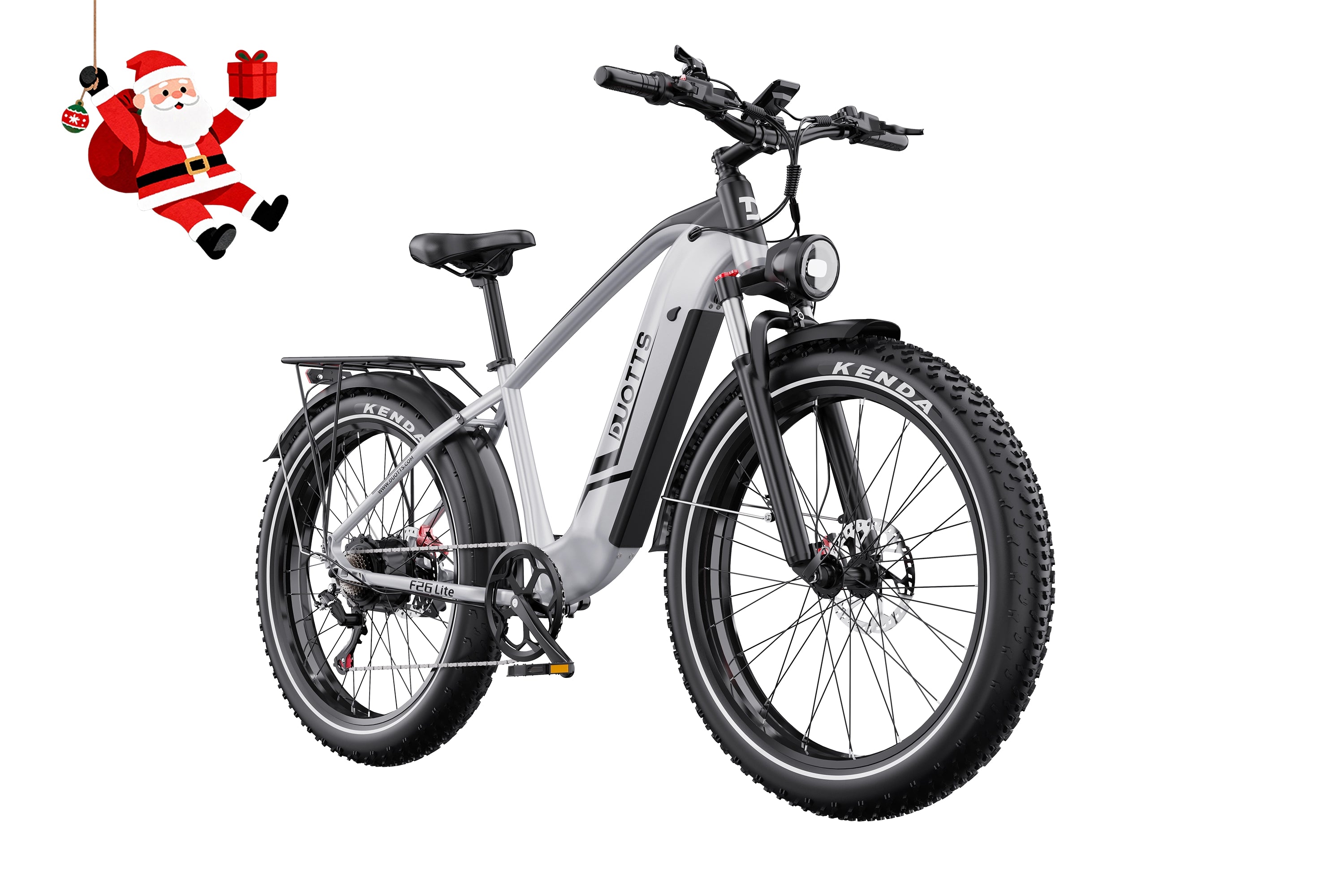
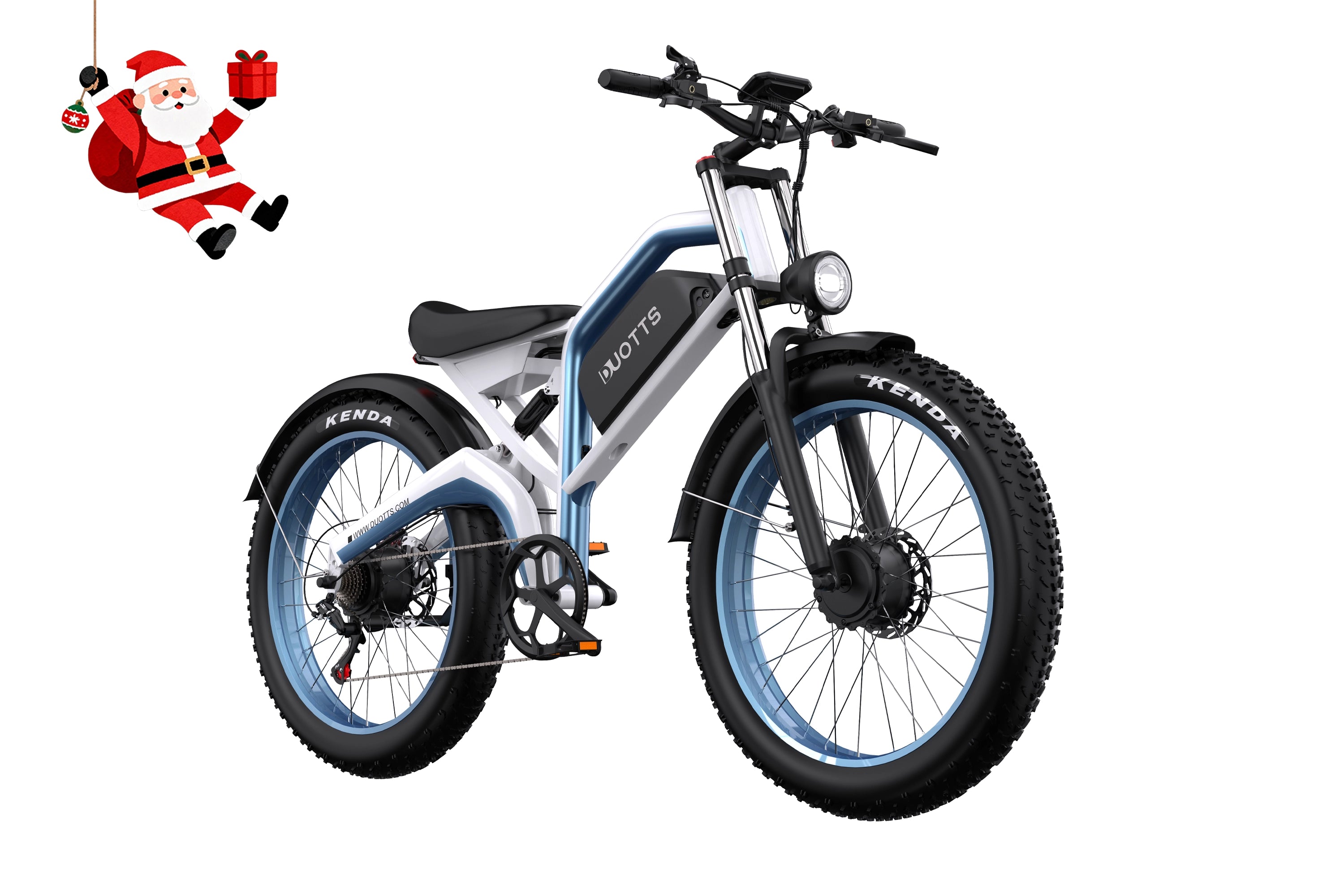
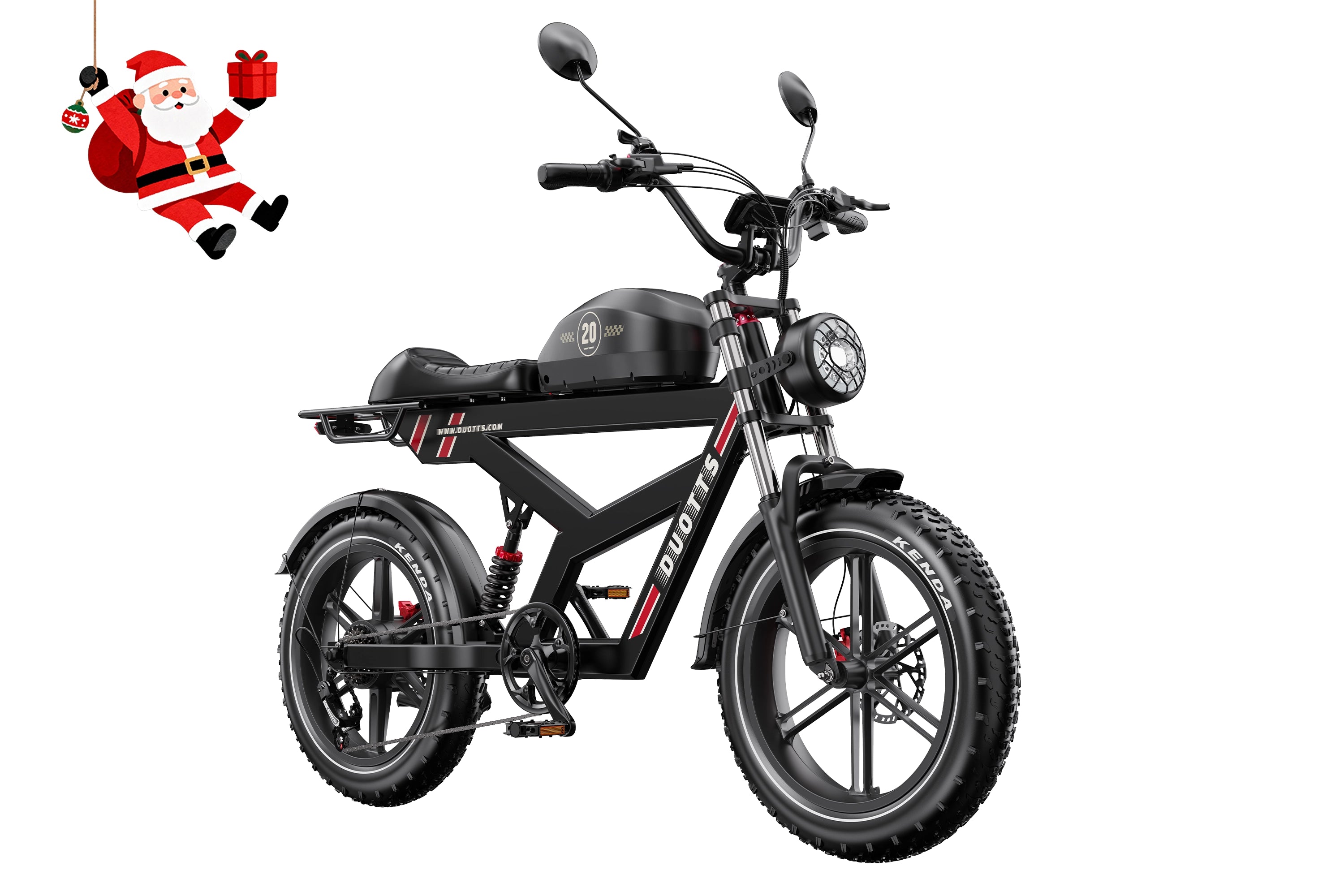
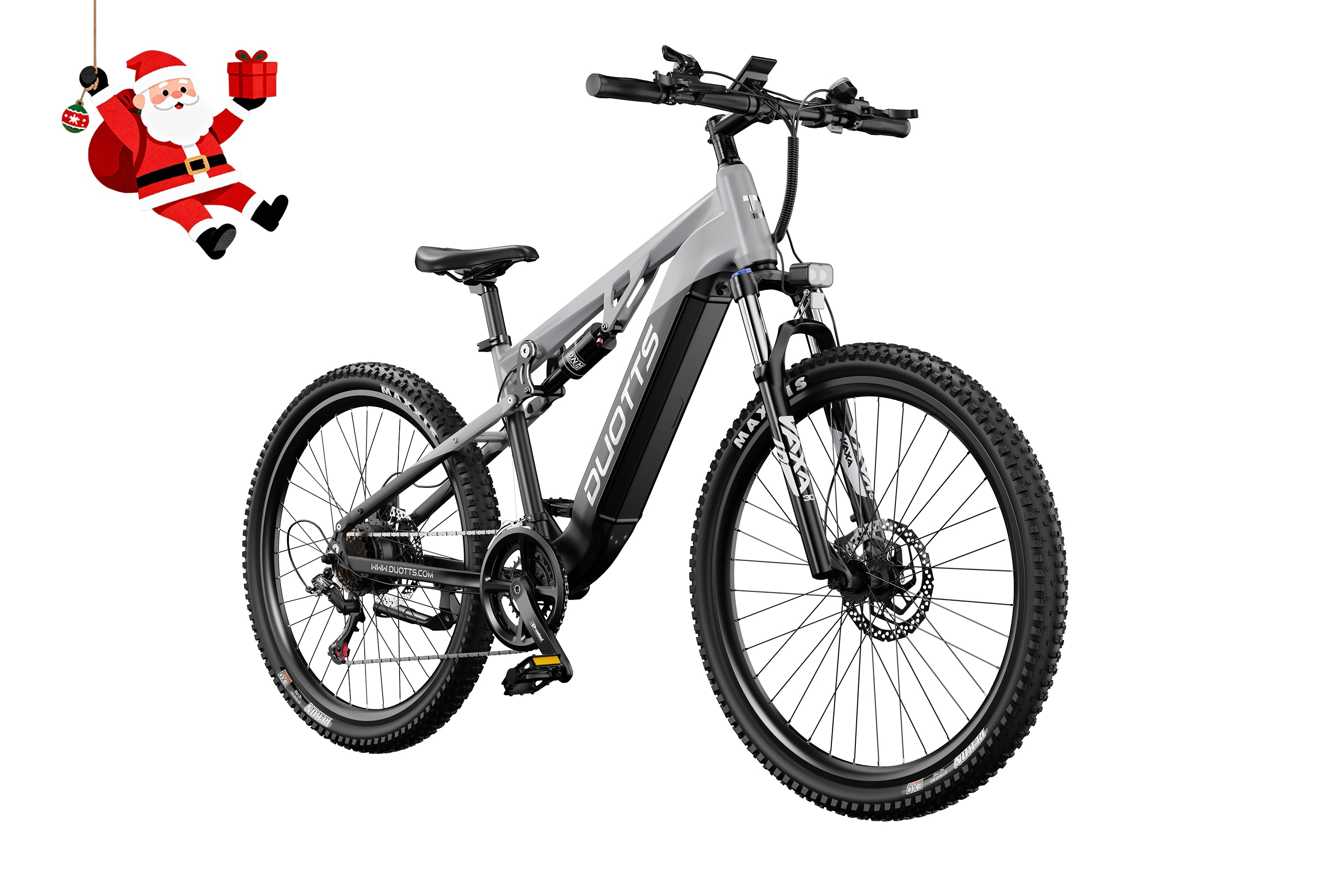
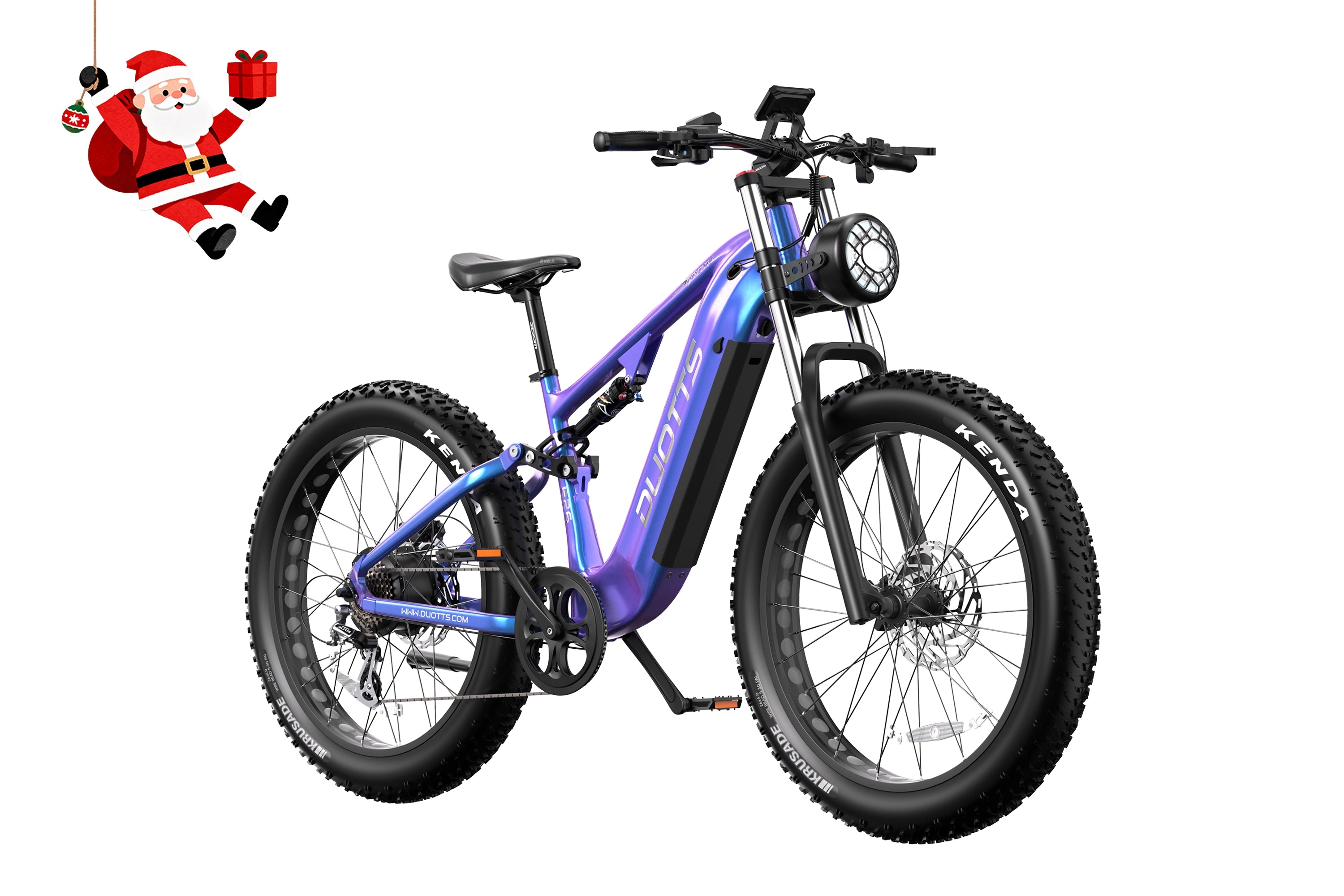
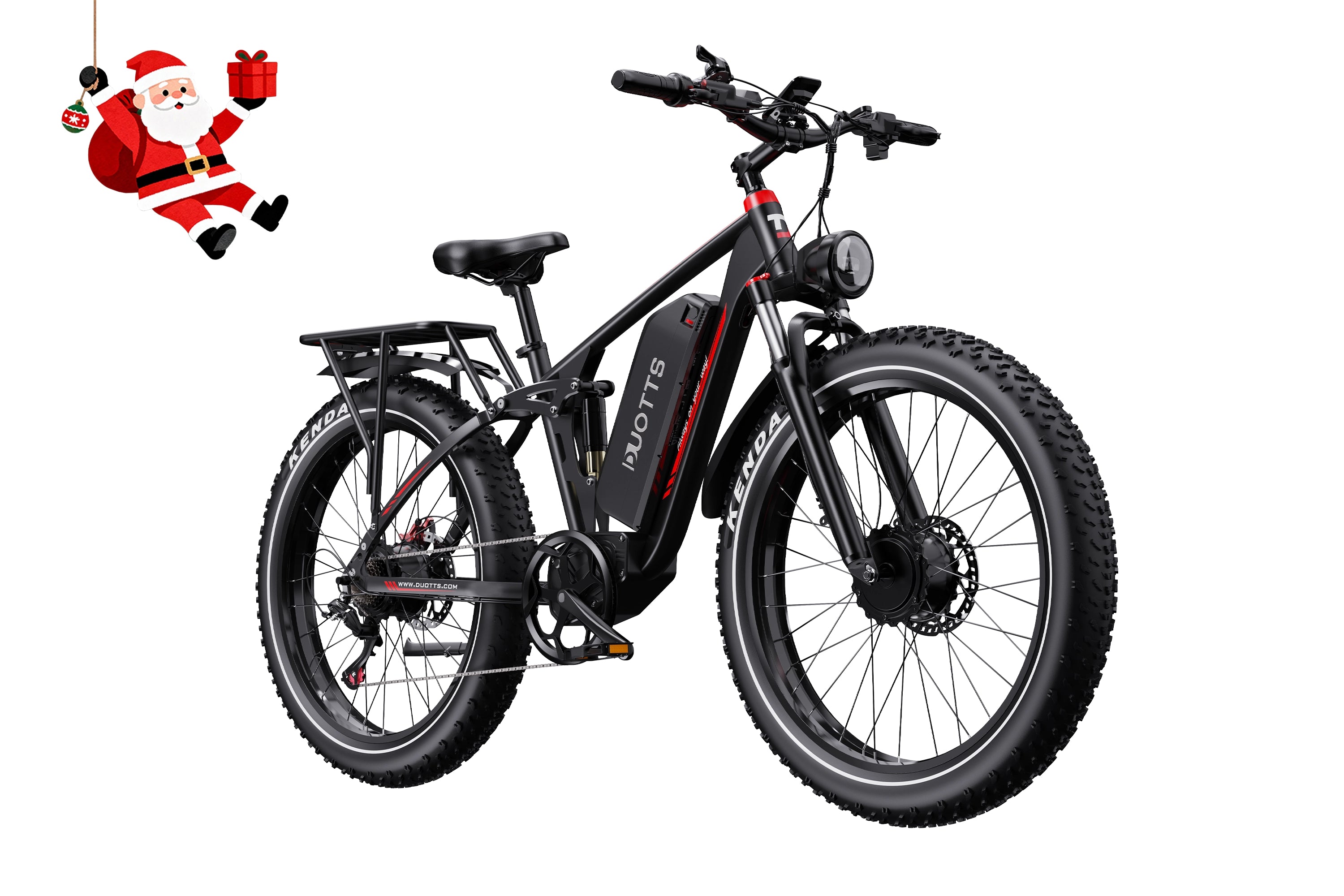
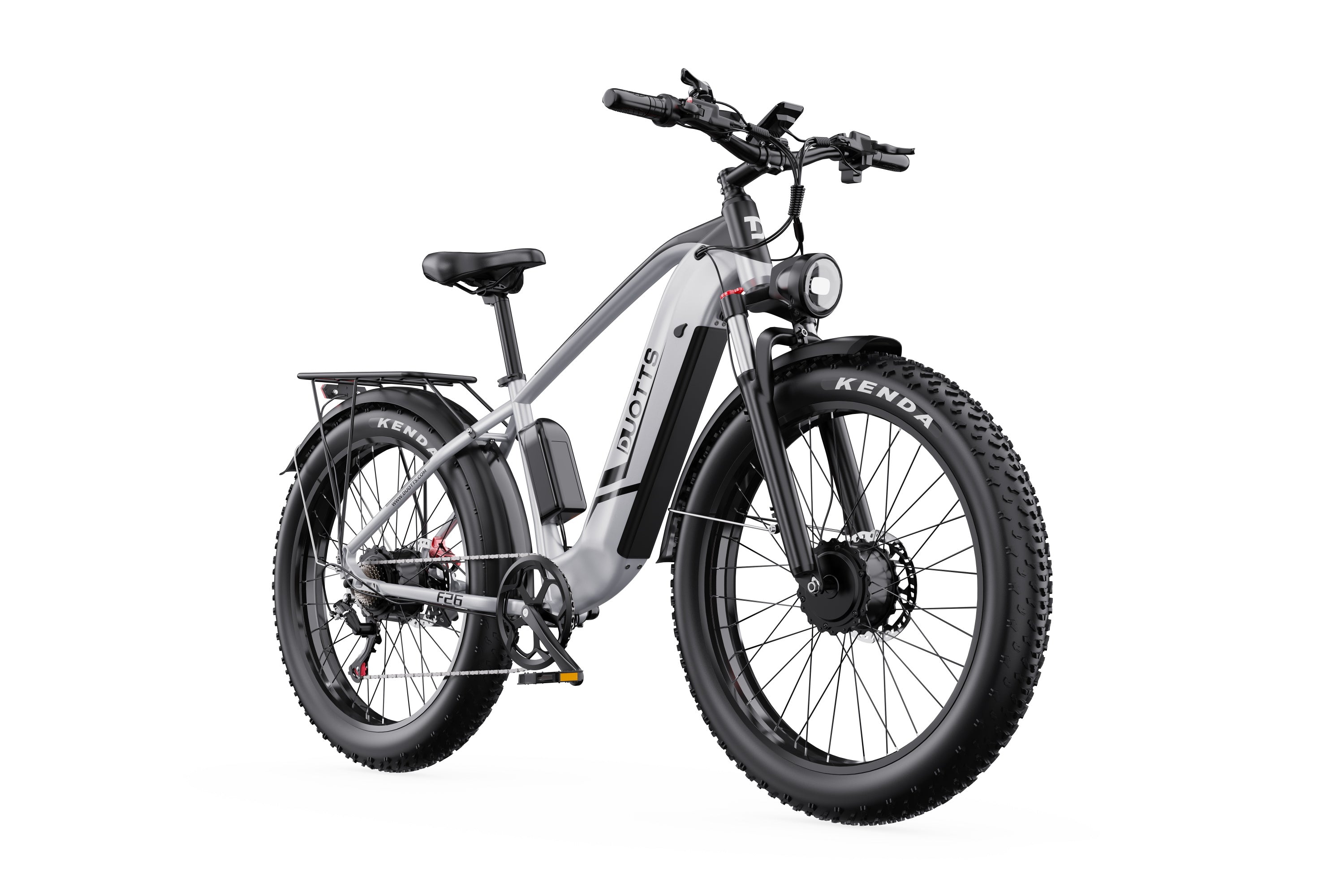
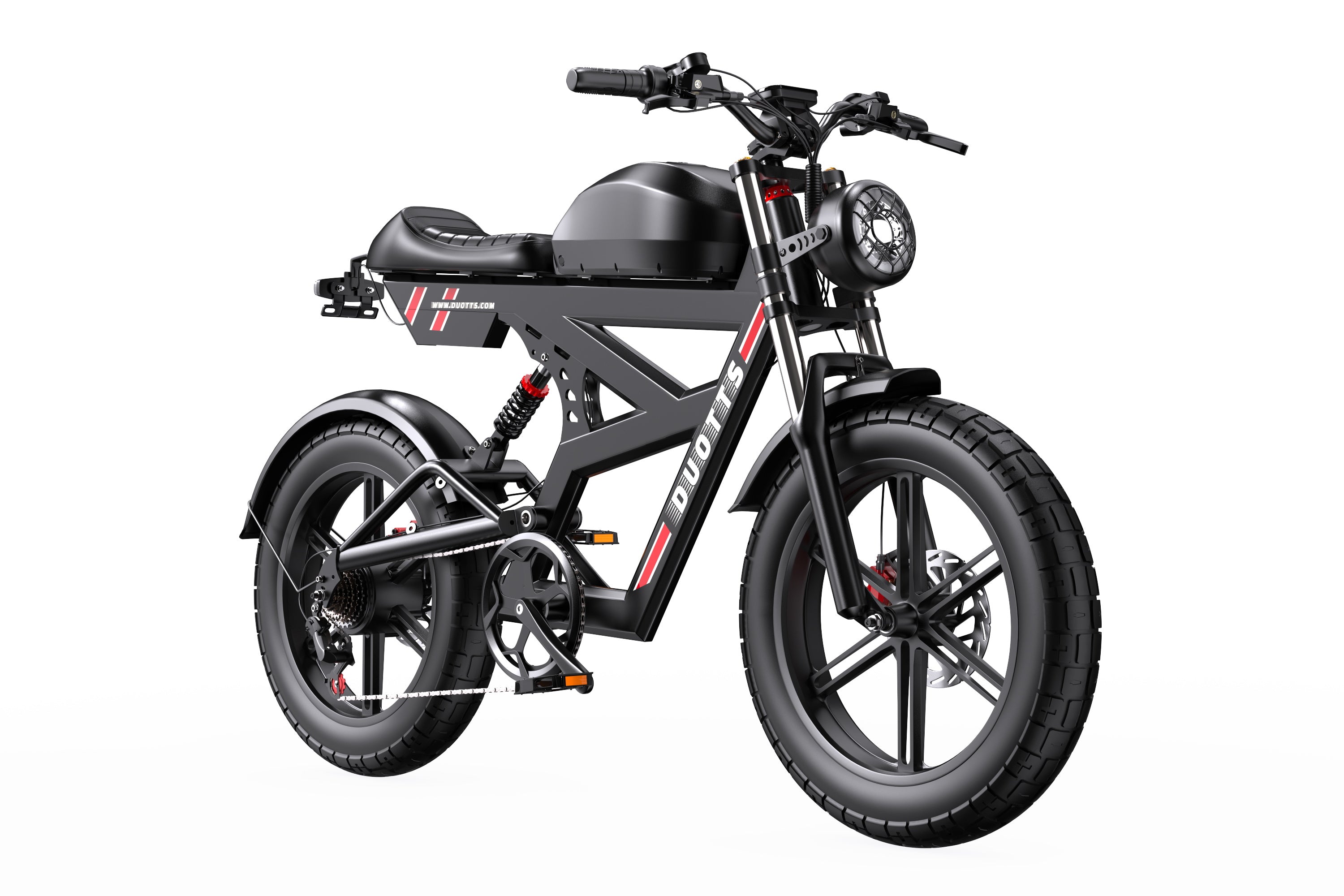



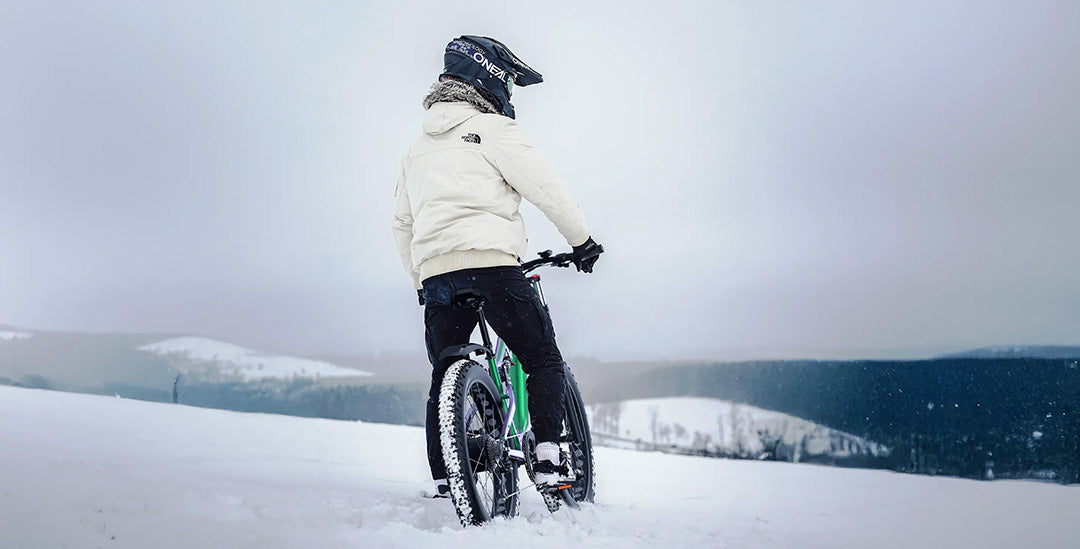
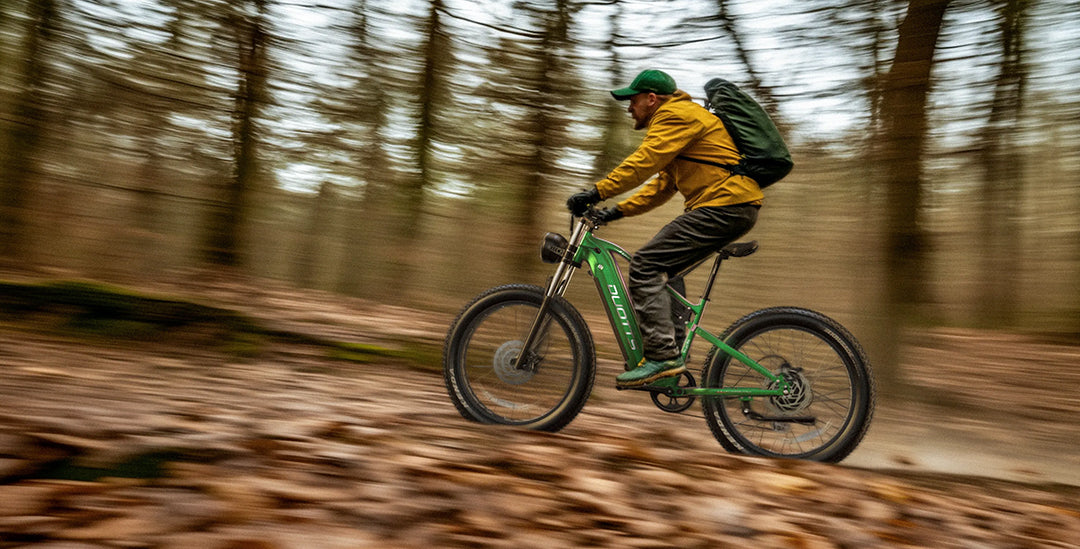
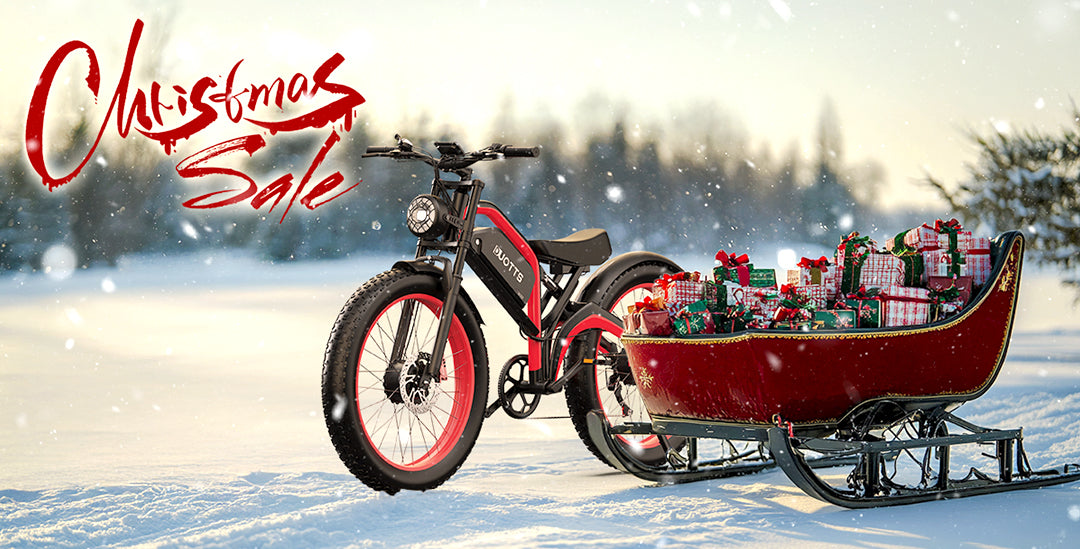
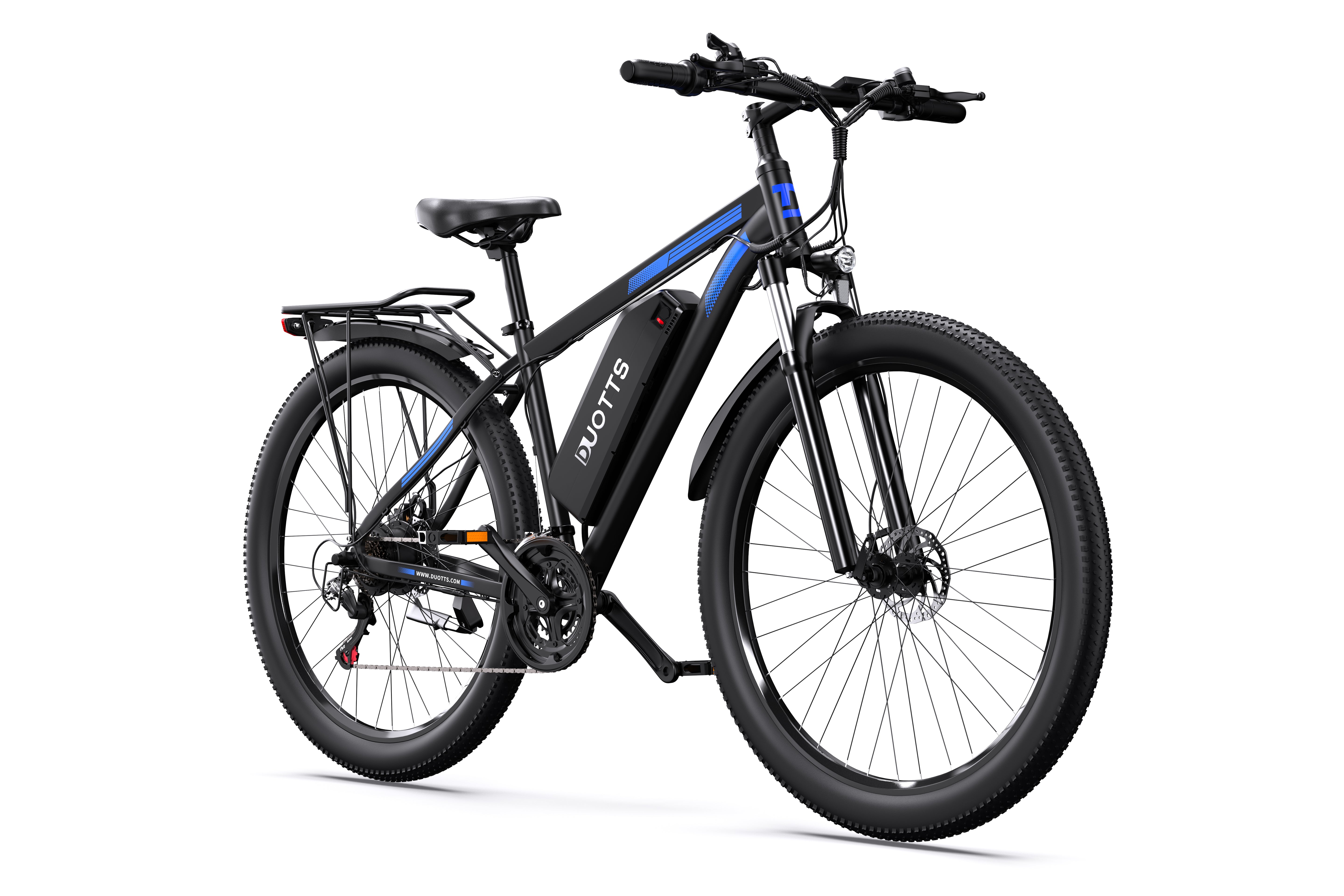
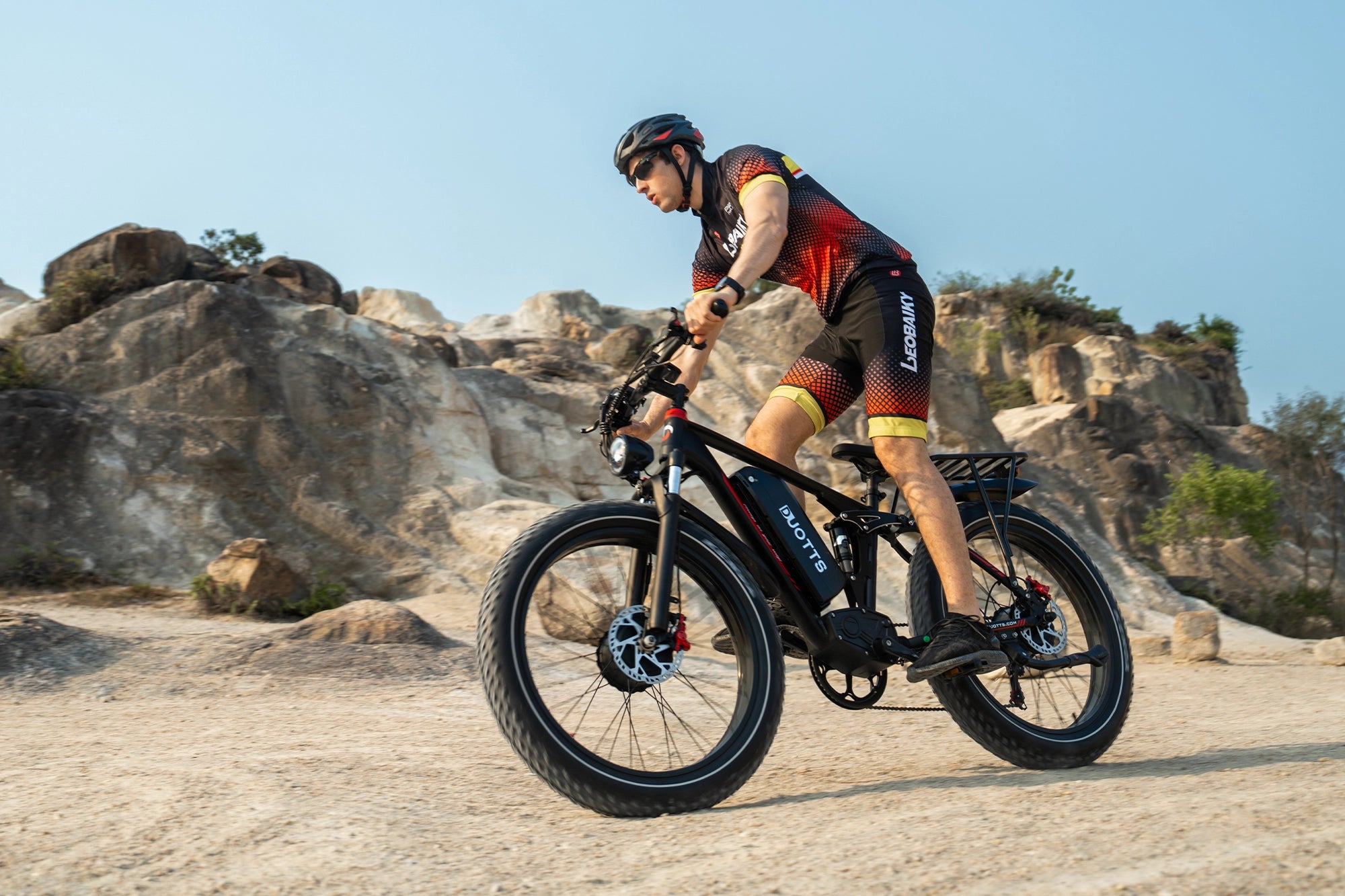
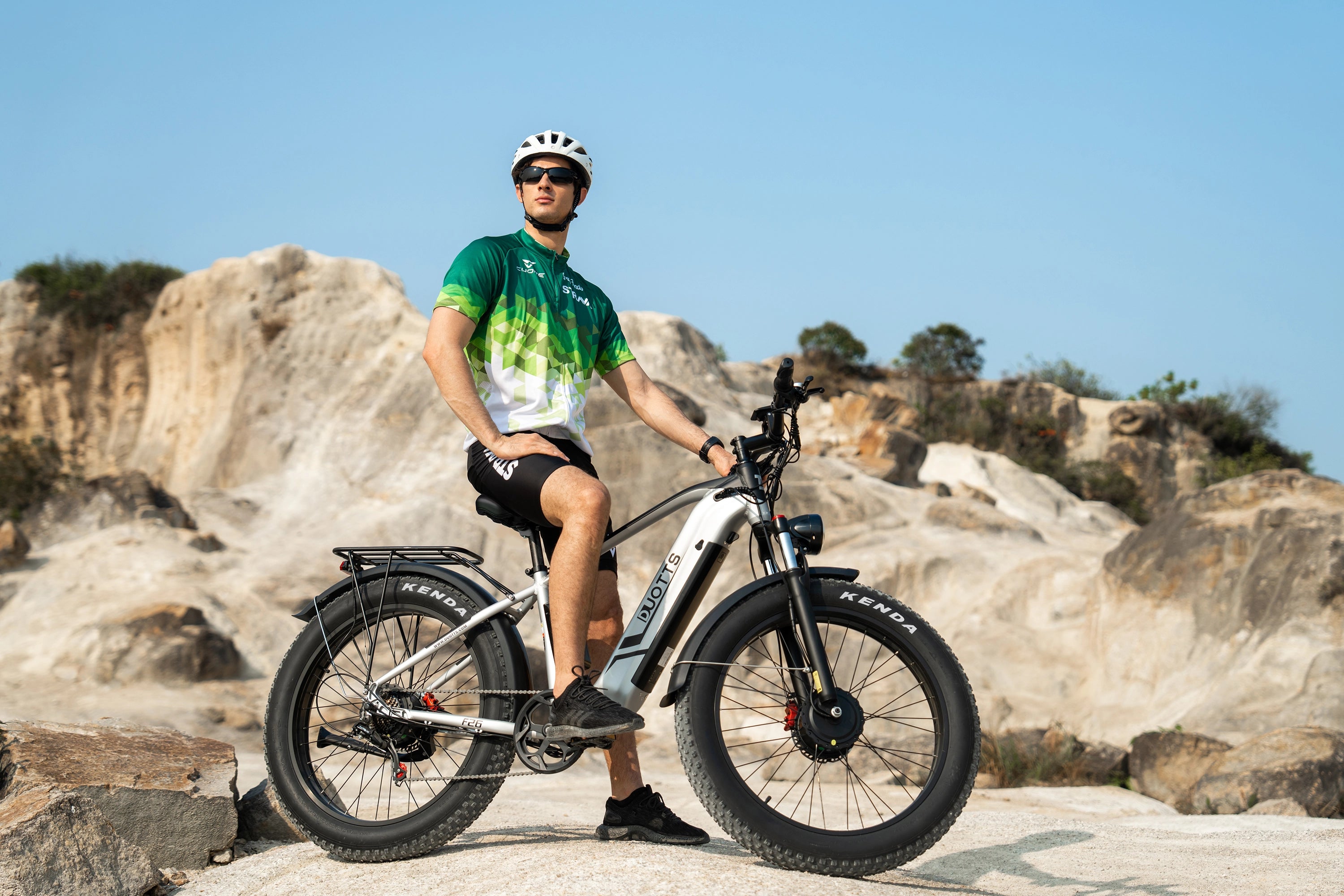


2 commentaires
Dennis
Dear Customer,
The operating temperature range for DUOTTS electric bike batteries is -10°C to 40°C, so they can be safely used down to -10°C. However, to protect the battery from damage during the winter, we recommend the following precautions:
Keep the battery warm: Store the battery indoors before use and charge it in a warm place.
Avoid extreme cold: Do not use the electric bike for extended periods when temperatures drop below -10°C.
Limit usage time: If you must use the bike in very cold conditions, keep the riding time short and bring the battery indoors afterward.
Regular checks: Monitor the battery’s condition regularly, as cold temperatures can impact its performance.
These steps will help safeguard the battery and extend its lifespan.
Best regards,
DUOTTS Team
CSABA DEBRECI
TÉLEN MENYÍ MÍNUSZ FOKIG AJÁNLATOS BRINGÁZNÍ. HOGY NE SÉRÜLJÖN MEG AZ AKUMLÁTOR. MÍNUSZ 10 C FOKIG.??
Laisser un commentaire
Tous les commentaires sont modérés avant d'être publiés.
Ce site est protégé par hCaptcha, et la Politique de confidentialité et les Conditions de service de hCaptcha s’appliquent.